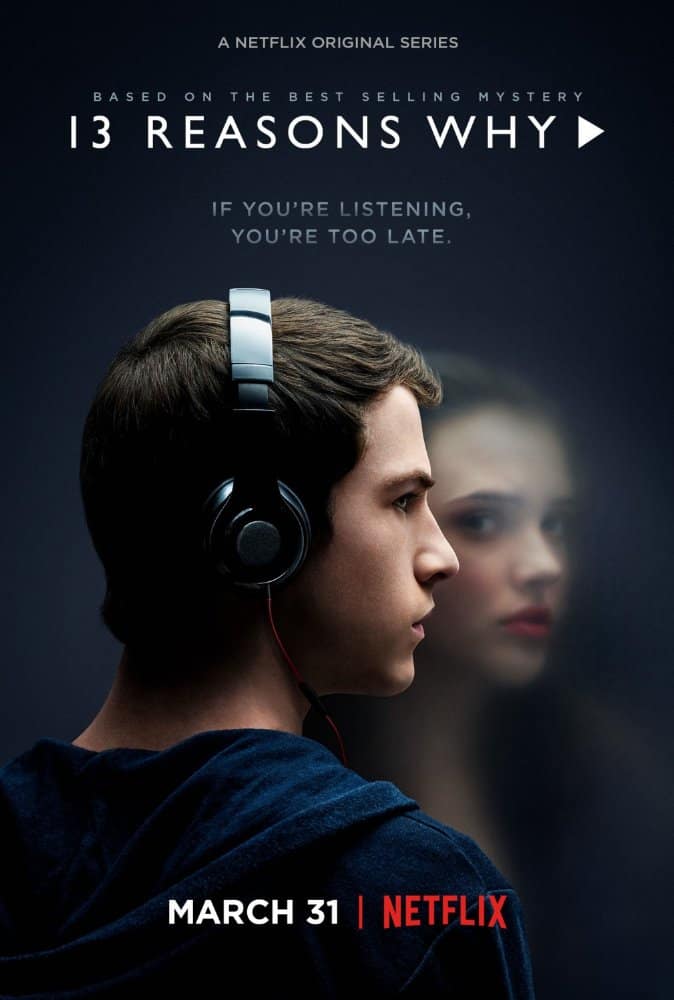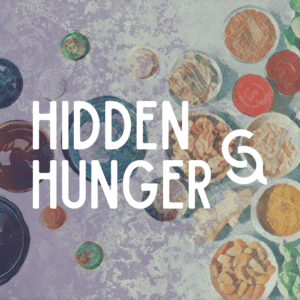 Contagion. Outbreak. Epidemic.
Contagion. Outbreak. Epidemic.
No, I’m not talking about Ebola. I’m talking about suicide. And these days, it feels like everyone is talking about suicide. Perhaps one reason is because, contrary to popular belief, suicide rates spike in late spring and early summer.
These conversations can probably also be traced to the launch of Season Two of the Netflix series, 13 Reasons Why, which debuts later this month. Trending topics spread through social networks as fast as the flu that takes a freshman class out of homeroom every fall, and since the show debuted in March of 2017, 13 Reasons Why keeps popping up everywhere.
We know that things spread through networks. Not just memes, or illnesses, but risky behaviors, too. If my best friend is a smoker, I am statistically more likely to become a smoker, and so are the people I am connected to in my social network. Our behaviors impact the people around us, and we impact them in return. In a matter of speaking, everything is contagious.
Our behaviors impact the people around us, and we impact them in return. In a matter of speaking, everything is contagious.
13 Reasons Why dramatizes the many traumatic experiences and eventual death by suicide of a high school student. The show also depicts a school counselor—depicts him as out-of-touch and ineffective, identifying him as one of the thirteen reasons why the protagonist, Hannah Baker, takes her life. I know this, because I read about the show, and I have participated in discussions about the show, but I haven’t watched the show.
And I won’t.
In part, I won’t watch it because I am protecting myself from triggering content and graphic images; in part, I won’t watch it because I am more interested in exposing myself to content that is centered on hope, and help, and strength. Thankfully, in my line of work, there is an abundance of those messages that I hear from young people every time I set foot onto a school campus.
What is my line of work? Suicide prevention.
I am more interested in exposing myself to content that is centered on hope, and help, and strength.
For the last year and half, I have had the pleasure of working for Sources of Strength, a radically strength-based, upstream suicide prevention program. We strategically use the strength of social networks. We empower caring, connected and positive adult advisors, working alongside a group of diverse peer leaders, who together carry out strategic messaging campaigns that spread hope, help, and strength in their schools and communities around the world.
Sources of Strength takes a public health approach to prevention, by moving our interventions “upstream.” In prevention work, a parable is often told to illustrate what is meant by upstream prevention:
Imagine a community, situated by a river, whose waters run off over a waterfall on the edge of town. One morning, a woman takes a walk along the river’s edge and hears a shout. She looks to the river and sees that a young person has fallen in, and is in danger of going over the edge. She springs into action, dives into the water, and pulls the young person back to shore. She performs CPR, mouth-to-mouth resuscitation, and a life is saved. The community celebrates the quick thinking and quick action of this woman who happened to be in the right place, at the right time.
The next morning, the woman is walking alongside the river’s edge and hears another shout. Another young person has fallen in—and as she scans the water, she sees that person is not alone. Of course, she springs into action, dives into the water again, and pulls both young people back to shore. She performs CPR, mouth-to-mouth resuscitation, and two lives are saved. But her solitary efforts are not enough. So the community mobilizes: they build watchtowers, train lifeguards, and work together to keep young people from going over the waterfall.
Their efforts are valuable, but incomplete. Tragically, they lose some of the young people in their community to the waterfall. Sometimes, they are just too far below the surface to be seen, or no one hears their cries for help. Sometimes, the young people have linked arms, and are pulling each other over the edge of the falls. Sometimes, the community members just aren’t paying attention.
One morning, the woman who happened to be in the right place at the right time is captivated by a fresh insight. And she starts to walk upstream. The community shouts, “Where are you going? It’s a crisis here! We need all hands on deck. Come back!”
Nevertheless, she persists. Walking upstream, of course, to see if she can keep the young people from falling into the water in the first place. Perhaps to look for the places alongside the water’s edge that are the most dangerous. Perhaps to place signs showing where it is safe to cross the river. Perhaps to teach young people how to get themselves out of the river, while the water is still relatively tranquil, before they find themselves in the crisis of a waterfall moment.
That “waterfall moment” illustrated in the story can come in the shape of a suicidal crisis, but it can also look like dating violence, or divorce, or an unexpected diagnosis. No matter what, there is important work to be done upstream. Focusing on the protective factors that strengthen and support, sharing strategies for managing the inevitable difficulties in life, and developing resilience, both individually and communally, are places to start.
What is a protective factor? It may be easier to think about protective factors as strengths. At Sources of Strength we talk about eight different strengths that people can develop and tap into: family support, positive friends, mentors, healthy activities, generosity, spirituality, medical access and mental health. From detention centers in Idaho to suburban high schools in Florida, from Alaskan fishing villages above the Arctic Circle to the Silicon Valley in California, we are hearing stories of young people who are developing resilience and acting both as agents of change and points of connection to help in their contexts, their cultures, and their communities.
A high school senior who thanked her friends for reaching out to their school counselor, because she was able to get the help she needed and deserved, even though she had specifically asked them not to tell about her suicidal thoughts.
A young man in a juvenile justice facility, demanding accountability from the adults in the room—after learning that although his own family was the antithesis of supportive, he himself was full of strength in character, friendship, generosity and spirituality. Why had no one ever told him that before?
A middle school refugee modeling for his classmates what it looks like to both develop new strengths in friendship and in healthy activities—basketball and video games—and also rely on the existing strength of his Muslim faith as he transitioned to life in the Midwest.
I don’t need thirteen reasons why. I hear hundreds, if not thousands, of reasons why not from middle school, high school and college-aged people on a weekly basis. These are the tapes I want to play and replay, the stories of each of these students becoming “patient zero” in an epidemic of health—a contagion of strength in their families, among their peers, and in their communities. A contagion of hope, help, and strength.
Janell Anema is a National Trainer at Sources of Strength. She is passionate about people on the margins of society, and firmly believes that structure creates freedom, and a loss of innocence can lead to an increase in humanity.
The Jed Foundation, the nation’s leading organization dedicated to young adult mental health, created a one-page guide with talking points and tips for discussing 13 Reasons Why with the young people in your life.
Reaching out for help is a sign of bravery. And if you ask people for help and they don’t respond, ask again, and ASK LOUDLY!
If you or someone you know needs immediate help, text 741741 or call 800-273-TALK (8255). You can also visit the National Suicide Prevention Lifeline to chat with trained and skilled staff.


